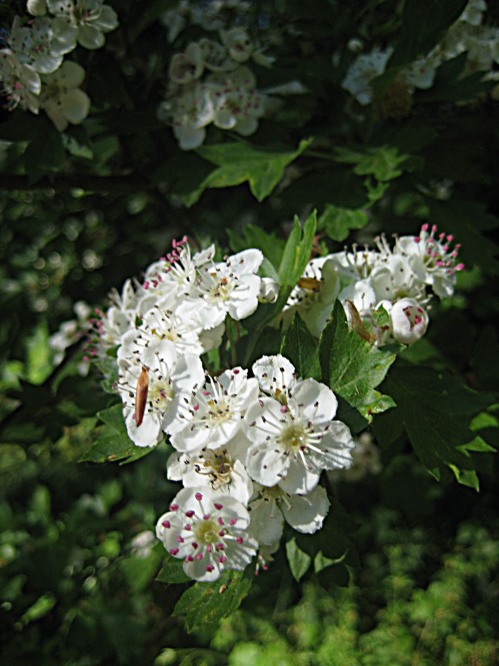This evening, as I was driving Boy the Elder to his Scout meeting(in a field, in the dark, in the middle of nowhere) we saw a barn owl, a muntjack, a weasel, endless rabbits and something small and very fast which flew right in front of the car. It was wonderful, particularly the barn owl whose ghostly white wings described delicate and silent patterns in the air, like a pale and feral angel.
I was gratified to witness the excitement of the boys at seeing these creatures and pleased that, despite living in the country, wild creatures are still wonderful to them. As a child brought up on the outskirts of London, I remember reading nature books that would cite certain insects or birds that were apparently ‘common’ throughout England. Not in bloody Stanwell they weren’t and I remember wondering where all these creatures could be living? Actually they were probably there for the finding, but I didn’t know where to look.
Of late, I haven’t spent enough time taking the boys on walks in the countryside. The last few years have caught up with me a bit, and on the rare occasions when I sit still I fall asleep. They play sports at school and spend time outside, but there is no substitute for just being in the woods or the park, taking time to see the detail, making up games that involve trees, sticks and mud, listening to the trees, the birds and the tiny sounds.
A couple of weekends ago, I sent the two of them off into the woods and told them not to come back for at least two hours. Their mission was to explore their surroundings, get the lie of the land, see what was beyond the Co-op and the fish and chip shop, find out where the railway line went, discover the best climbing trees and viewpoints.
They came back tired and delighted. They had found footpaths and a tree swing, a circular walk all round the town and the track bed of an old railway line. They were particularly pleased with a concrete lookout point on which someone had sprayed the word ‘cock’ in large red letters. This is now known as The Cockpit and is the focal point of many games and rendezvous.
Children need to connect with nature. They need to have unstructured time in which to get bored, thus giving them the brain space to get really creative. Separation from the natural world takes away their freedom, their peace of mind and their independence. Some parents are terrified to let their children go to parks or open spaces unsupervised because they have become obsessed with the idea that there are perverts and kidnappers round every corner. Those same children may not have been taught to cross the road properly and yet the fear of them being run over takes second place to the threat of paedophiles.
Children’s time has become too structured, outdoors has become a facility not a place to be enjoyed on its own merit. Children are taught about nature in schools through eco-disaster, floods, famines, global warming and whilst these things need to be taught, I wonder if this encourages them to really connect with nature or whether it persuades them that nature is an enemy to be overcome? How many people became passionate naturalists without actually experiencing nature at first hand?
Where have the nature tables gone, with their birds’ nests, conkers, multi-hued leaves and shells? When do the nature walks happen when children can feel the ground beneath their feet, smell the leaf mould, discover wild flowers and learn the difference between moths and butterflies?
We don’t have to live in the middle of nowhere to find these things, any tiny wild area will have something of interest and we need to find them, enjoy them and then pass on our enjoyment. Note the difference in someone after a day in the fresh air to a day in front of the TV or a computer screen.
Let’s reclaim our natural spaces and in return find some space for ourselves.



























